Ram Swarath Dubey, rendered jobless by the lock-out of Sugar factories in Bihar, heads to Delhi for work leaving his parents and wife behind. His work continues for 25 more years in Delhi and in the process he loses the connection to his wife, his family, his village and ultimately his very roots.
|
Language:
|
Bhojpuri
|
|
Running Time:
|
97 min
|
|
Rating:
|
U
|
|
Release date:
|
27 June 2014
|
|
Directed by:
|
Pawan K. Shrivastava
|
|
Produced by:
|
CrowdFunded
|
|
Written by:
|
Pawan K. Shrivastava
|
|
Starring:
|
Abhishek Sharma
Yashwardhan Singh
Shaad Ahmed
Julie Warshi
Chnadra Nisha
Madhuri
|
|
Music by:
|
Rupesh Pathak
|
|
Shot by:
|
Saket Saurabh
|
|
Editing by:
|
Parashar Naik
|
|
Distributed by:
|
PVR Directors Rare
|
What’s Hot
What’s Not
Badges
Screened at

INDIEARTH
Connecting India’s Independent Artists to Worldwide Media: Creating a platform for the rich diversity of India’s traditional and contemporary music and film, IndiEarth is the only specifically designed meeting hub for India’s independent Artists and worldwide Media.Verdict


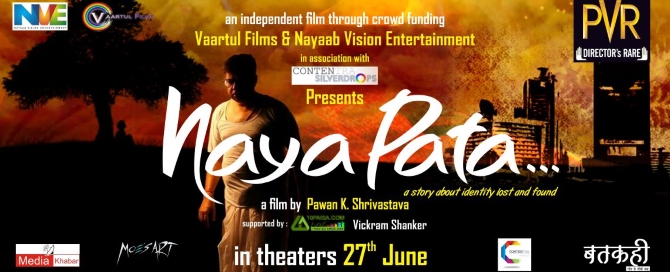
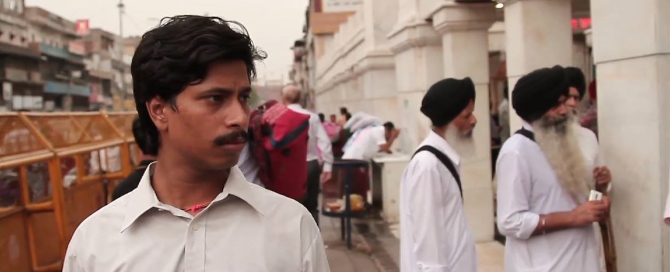
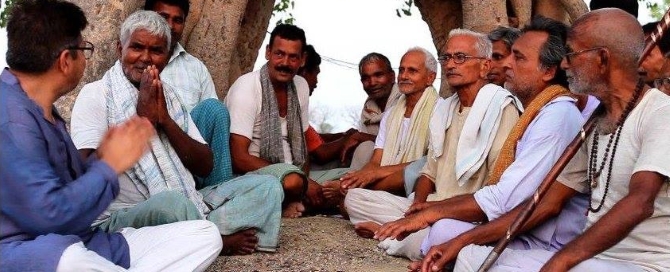


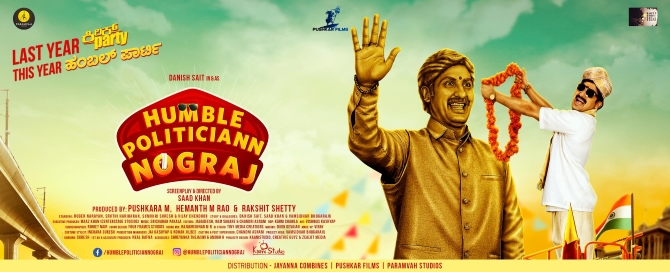

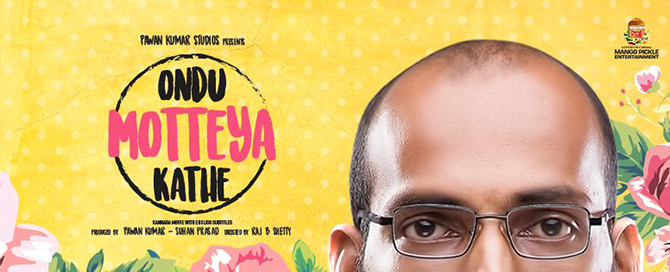
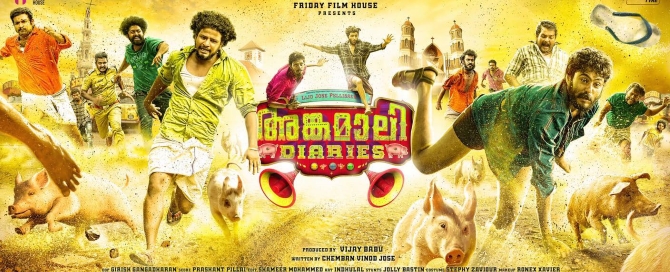

Leave A Comment